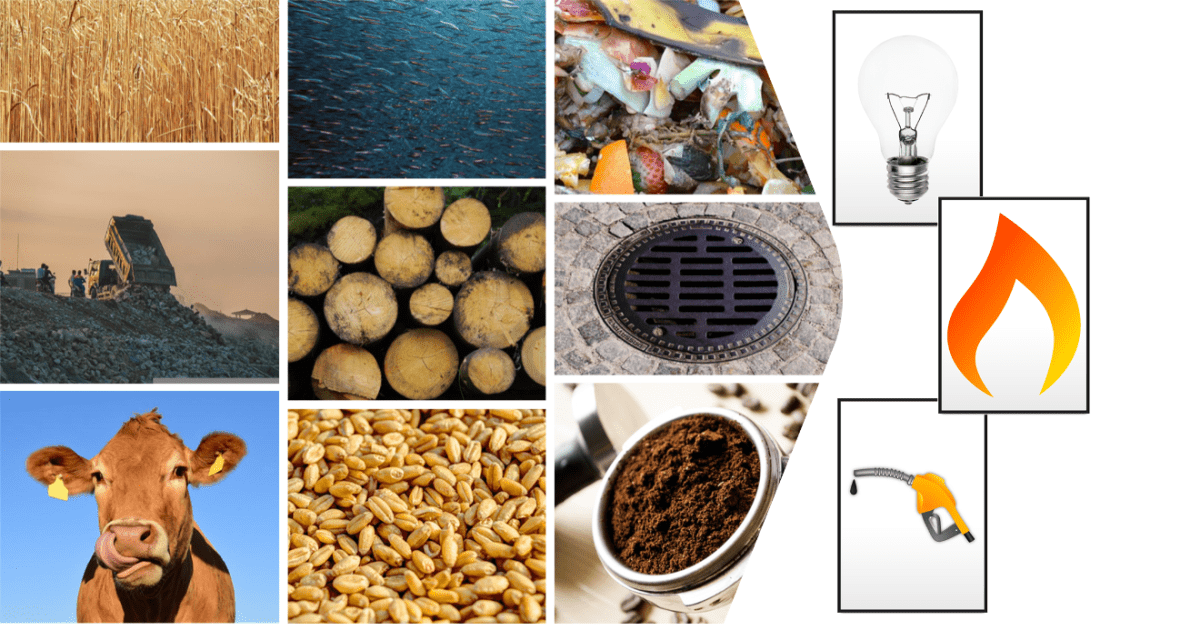Sustainable Biomass Energy: Recent Technologies and Applications
A special issue of Applied Sciences (ISSN 2076-3417). This special issue belongs to the section "Energy Science and Technology".
Deadline for manuscript submissions: closed (10 September 2024) | Viewed by 20272

Special Issue Editors
Interests: biomass; thermochemical conversion; modeling; fluidization
Interests: anaerobic digestion; sewage sludge; wastewater treatment; solid waste disposal
Special Issues, Collections and Topics in MDPI journals
Interests: biomass thermochemical conversion; combustion; bioplastics; circular economy; process simulation
Special Issues, Collections and Topics in MDPI journals
Special Issue Information
Dear Colleagues,
Biomass has been used as an energy source since the early days of humankind. The emergence of urgent problems, such as global warming and the depletion of resources, has fostered research on its valorization for energy purposes in the recent decades. today, the large number of existing technologies permits converting various types of biomass in a flexible and efficient way. Nonetheless, several of these technologies are not mature yet, and more studies are necessary to make them fully reliable and convenient and ensure that the largest variety of biomass can be successfully employed to generate energy.
This Special Issue is dedicated to recent advances in the field of biomass energy, either based on new processes or making the existing ones more flexible, efficient, and sustainable. Both experimental and theoretical studies are encouraged, including scale-up and feasibility analyses that demonstrate how innovative processes can be applied to real-life scenarios. The coupling of different techniques or their application to underexploited feedstocks are also of interest.
Dr. Filippo Marchelli
Dr. Roberta Ferrentino
Dr. Cristina Moliner
Dr. Lucas Massaro Sousa
Guest Editors
Manuscript Submission Information
Manuscripts should be submitted online at www.mdpi.com by registering and logging in to this website. Once you are registered, click here to go to the submission form. Manuscripts can be submitted until the deadline. All submissions that pass pre-check are peer-reviewed. Accepted papers will be published continuously in the journal (as soon as accepted) and will be listed together on the special issue website. Research articles, review articles as well as short communications are invited. For planned papers, a title and short abstract (about 100 words) can be sent to the Editorial Office for announcement on this website.
Submitted manuscripts should not have been published previously, nor be under consideration for publication elsewhere (except conference proceedings papers). All manuscripts are thoroughly refereed through a single-blind peer-review process. A guide for authors and other relevant information for submission of manuscripts is available on the Instructions for Authors page. Applied Sciences is an international peer-reviewed open access semimonthly journal published by MDPI.
Please visit the Instructions for Authors page before submitting a manuscript. The Article Processing Charge (APC) for publication in this open access journal is 2400 CHF (Swiss Francs). Submitted papers should be well formatted and use good English. Authors may use MDPI's English editing service prior to publication or during author revisions.
Keywords
- biomass pretreatment
- biomass thermochemical conversion
- hydrothermal conversion
- fermentation
- biofuels post-processing
- process scale-up and intensification
- biorefineries
Benefits of Publishing in a Special Issue
- Ease of navigation: Grouping papers by topic helps scholars navigate broad scope journals more efficiently.
- Greater discoverability: Special Issues support the reach and impact of scientific research. Articles in Special Issues are more discoverable and cited more frequently.
- Expansion of research network: Special Issues facilitate connections among authors, fostering scientific collaborations.
- External promotion: Articles in Special Issues are often promoted through the journal's social media, increasing their visibility.
- Reprint: MDPI Books provides the opportunity to republish successful Special Issues in book format, both online and in print.
Further information on MDPI's Special Issue policies can be found here.







